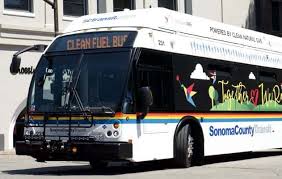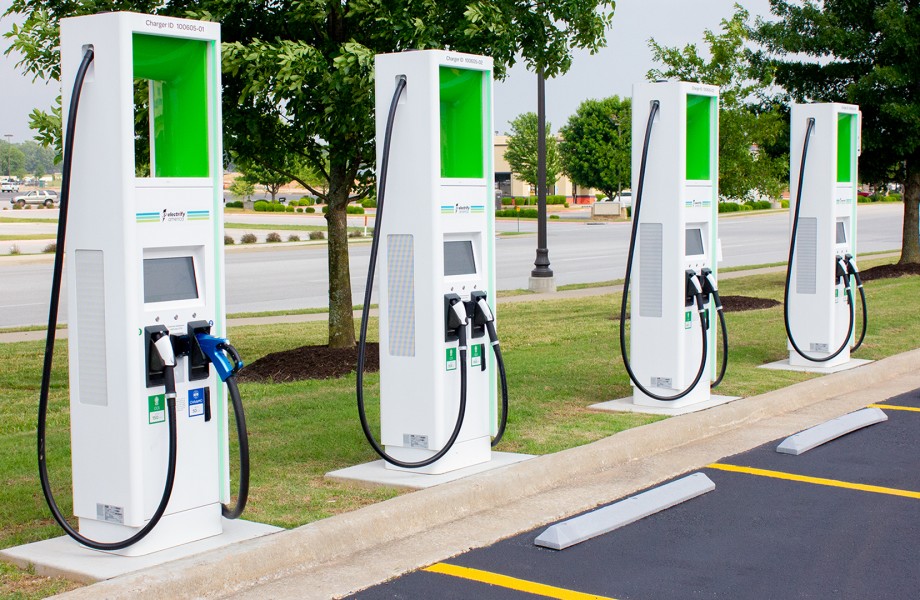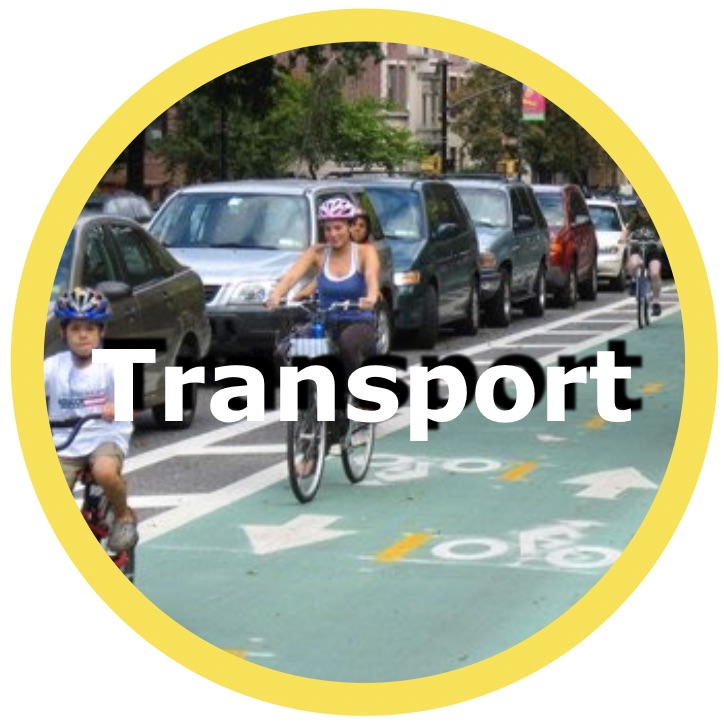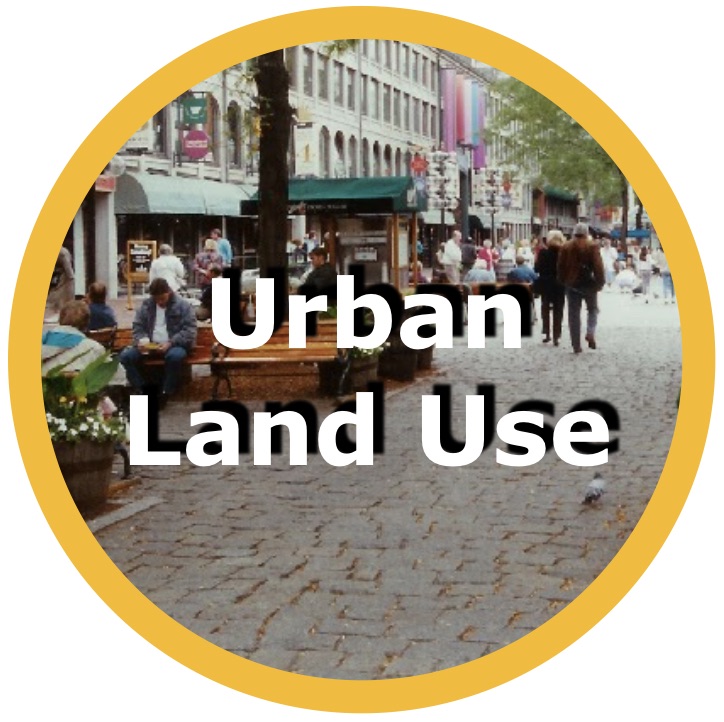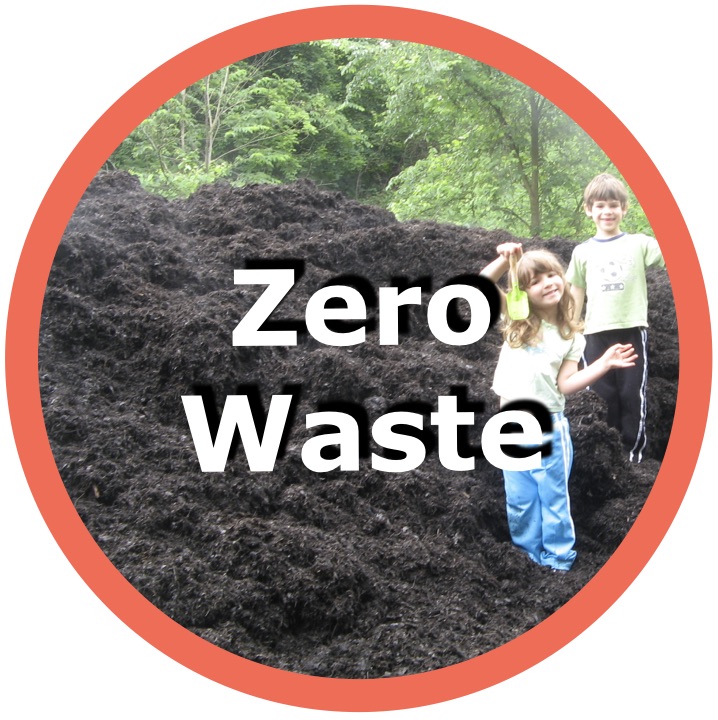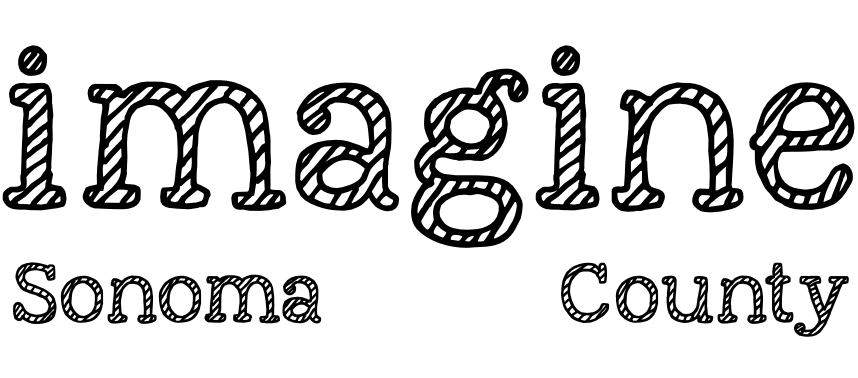
|
|
|||||||||||||||||||||
|
|
||||||||||||||||||||||
|
|
||||||||||||||||||||||
|
Here's how to participate in Transportation policy This is a forum to share and discuss policy ideas that help reach the vision by 2030.
Find contacts for your local elected leaders.
|
||||||||||||||||||||||
|
||||||||||||||||||||||
|
What are your transportation policy ideas?
Share your policy ideas by submitting a comment using the form below. Please try to suggest policies that: 1) can be implemented at the local level; 2) have potential greenhouse gas emission reductions; and 3) benefit all community members, with priority given to the most vulnerable among us. You are also welcome to submit your policy idea in our brief policy submission form. |
||||||||
|
|
||||||||
|
|
||||||||
|
|
||||||||
|
|
||||||||
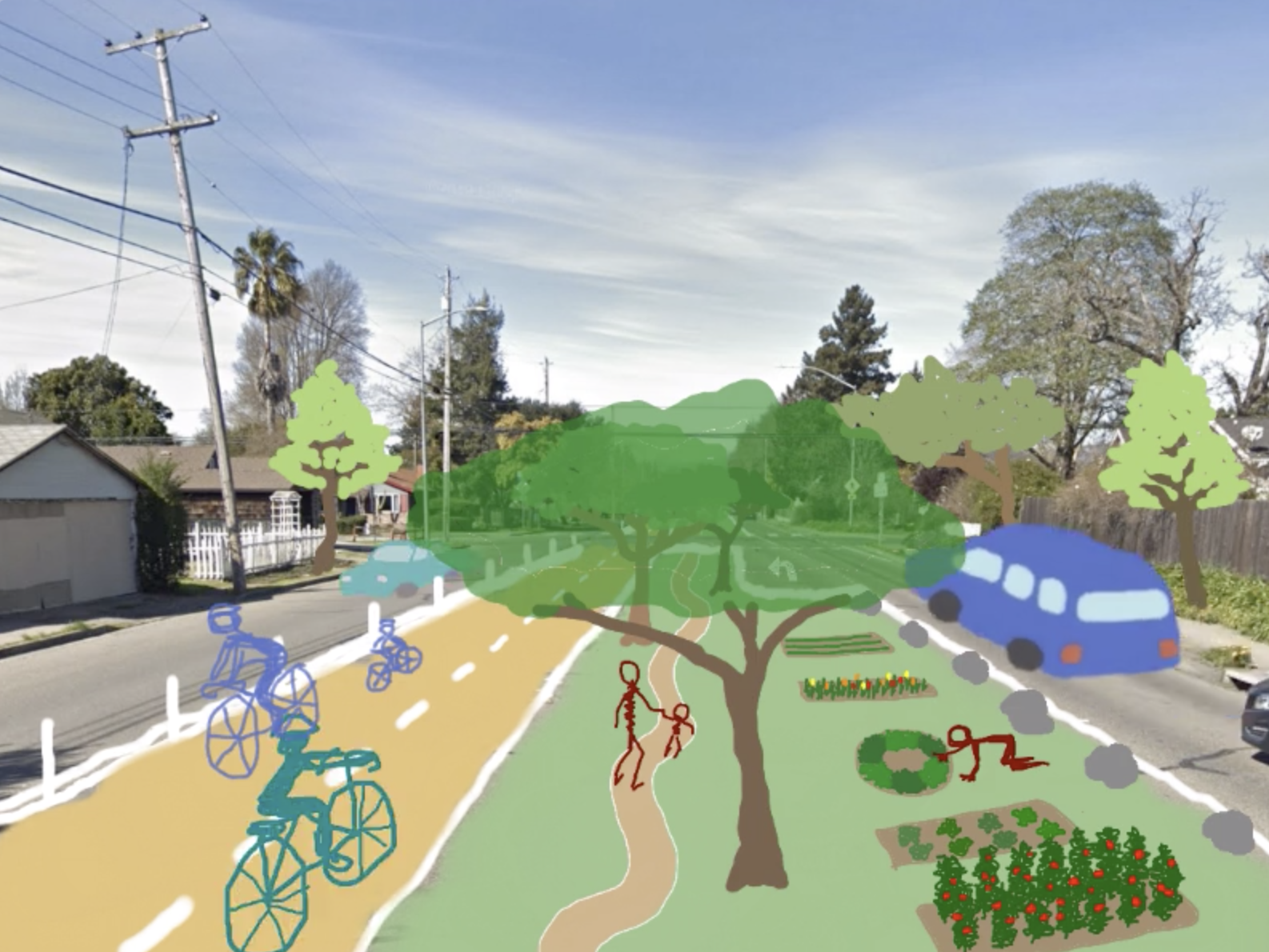
 SHARE COMMENTS
SHARE COMMENTS